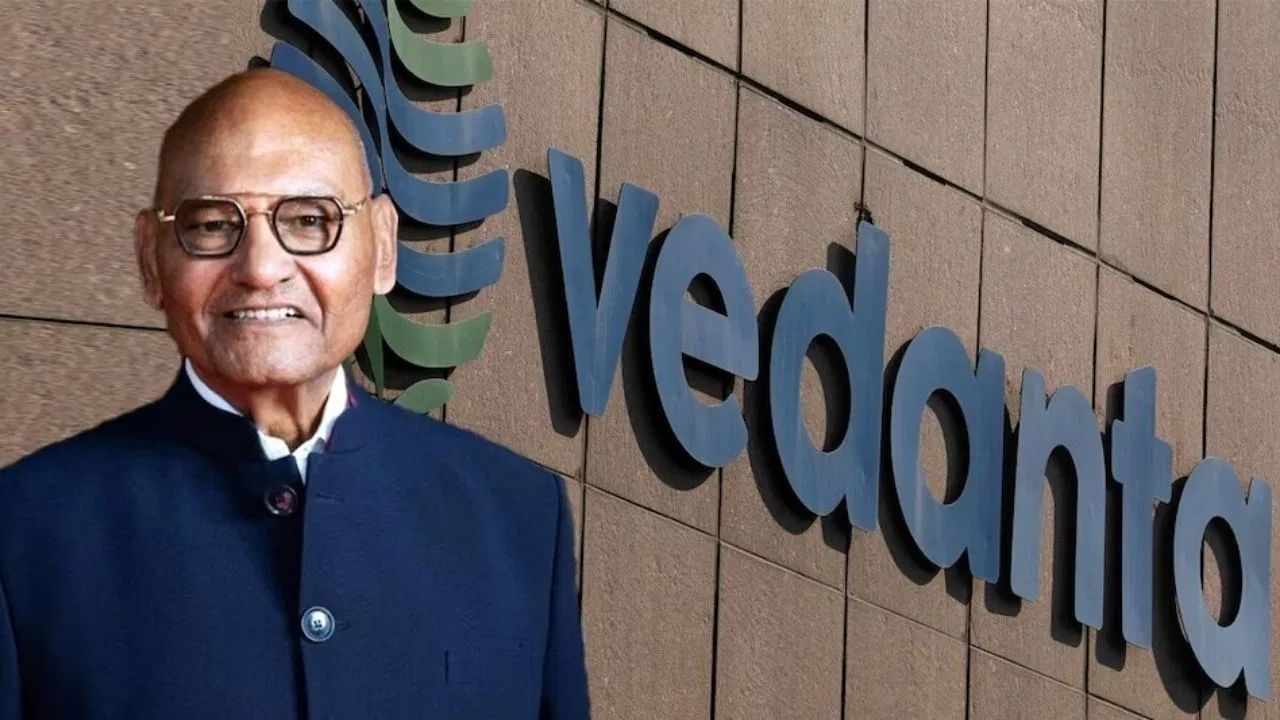Wednesday was not good for Vedanta and Hindustan Zinc in the stock market. As soon as the market opened, the shares of these two companies saw a huge decline. While Vedanta’s shares in BSE fell 7.7 percent to Rs 421 in Intrade, Hindustan Zinc also lost 4.8 percent to Rs 415.30. The report of a short seller company of America is being reported behind this decline in the shares of these two companies.
In fact, recently a report by America’s short-seller company Viceroy Research has come out, in which it questioned the financial system of Vedanta Group and compared its parent company Vedanta Resource to a Ponji scheme.
What did you say in the report?
Viceroy stated that “the structure of the entire group is financially unstable, there is also difficulty in operation, and for its lenders it is a large but low -estimated risk.” In the report, Vedanta Resource has been described as “a parasitic holding company”, which has no major business of its own and is completely running with the help of money withdrawn from Vedanta Limited.
“The company is emptying the host”
Viceroy alleges that Vedanta Resource is constantly withdrawing money from Vedanta Limited to meet the needs of his debt, due to which the operating company has to borrow repeatedly. With this, the real price of Vedanta Limited is decreasing, which is a guarantee for the lenders of Vedanta Resource itself.
The report said that in the last three years, Vedanta Limited has a free cash -flow deficit of $ 5.6 billion, which was used to meet the dividend demands of Vedanta Resource and these dividends were not from real profits, but by reducing the new debt, cash reservoir and given from fast working capital. “This whole strategy looks like a Ponzi scheme”, Viceroy said. “And at the moment, the shareholders of Vedanta Limited are trapped in it.”
False figures and hidden expenses
The report also alleged that the company exaggerated the value of its properties and hid billions of dollars from the balance sheet. One example said that Vedanta Resource showed an interest expense of $ 835 million on a total debt of $ 4.9 billion in FY25, making its effective interest rate 15.8%. Whereas the company shows a rate of 911% on most of its bonds and loans.
Viceroy said, “We can only see three such situations in which the company’s interest expenses are considered correct and all three point to serious financial disturbances.”
